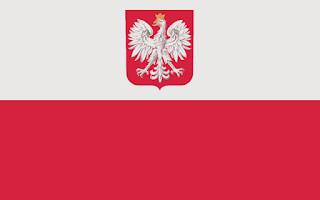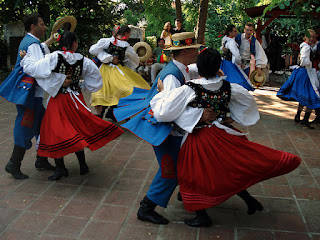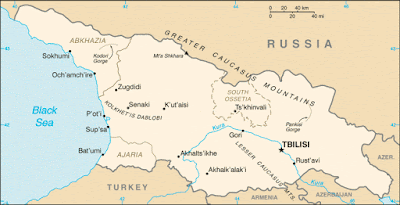 |
| Polish Flag (Image Source Wikimedia Commons) |
Poland has endured a very long journey of hardship in its struggle for independence. Although it seems unimaginable today, Poland did not exist as a sovereign state for over 120 years. Erased from the map of Europe, it was partitioned until 1918 between three Empires: Austria-Hungary, Germany, and Russia. Poland’s hard-fought independence was also short-lived after World War I and barely two decades later, the aggression against the Polish state by Nazi Germany in 1939 effectively signaled the beginning of World War II. Fears of falling under communist rule after World War II were, unfortunately, also justified: Poland had to wait for fifty years until its liberation was achieved with the fall of the Soviet-backed communist regime in 1989.
Despite turmoil and repeated failures, Poland's vibrant culture has survived. Not only do the Polish people share a love for food, dancing, and indulging in celebrations during major holidays, both national and religious (with beverages provided at almost every event of course), but more importantly they share a love for their national language. ‘Polska duma’(Polish pride) is deeply rooted in the language, which is aided by the fact that Poland's population is ethnically and linguistically homogenous, with very little regional and dialectal variation. In addition, the Polish language and its dialects are still intelligible throughout the Western Slavic region and even abroad (Lesniewska and Mazur, 2008).
 |
| Polish Dialects By Region (Image Source Wikimedia Commons) |
Aside remembrances of the historical events that occurred throughout Poland’s tumultuous history, there is also legislation that further promotes national unity through the cultivation of the state language. The Polish Language Act, which was passed by Parliament in 1999, called for promotion and mutual respect across all regional varieties of the language, and set out to raise awareness of the language worldwide.
With concrete foundations of cultural identity, there is no question that the Polish language, as an institution, remained intact despite the effects of globalization and emigrations. It is little known that Chicago, Illinois, is home to the second largest Polish population in the world, with Warsaw, the capital of Poland, ranking first. One might wonder how this large community managed to stay closely connected. Despite emigrating abroad, Polish migrants seem to stick to their deeply rooted cultural traditions that tied them together for many centuries and that they exported overseas.
It is often said that Polish people moving to Illinois were drawn to the landscape that was similar to what they had left behind in Poland. They also saw great potential and opportunity with the boom of industrialization in the 20th century and the skills that they developed in their homeland. Polish migrants also hoped to achieve the "American Dream" and to find a more prosperous life before and after the fall of Communism in Poland.
 |
| Polish Folkdancers (Image Source Wikimedia Commons) |
---
Work Cited
Lesniewska, J. and Mazur, Z. 2008. “Polish in Poland and abroad”, In Extra, G. & Gorter, D. Multilingual Europe: facts and policies, Berlin, New York: Mouton de Gruyter, 111-134.
---
Jacqueline San Diego was a senior double majoring in Global Studies and Spanish at the University of Illinois. Jacqueline was planning on becoming a Foreign Service Officer for the U.S. Department of State, and was interested in traveling the world and learning about different cultures and languages when she wrote this text in 418, ‘Language and Minorities in Europe’.












